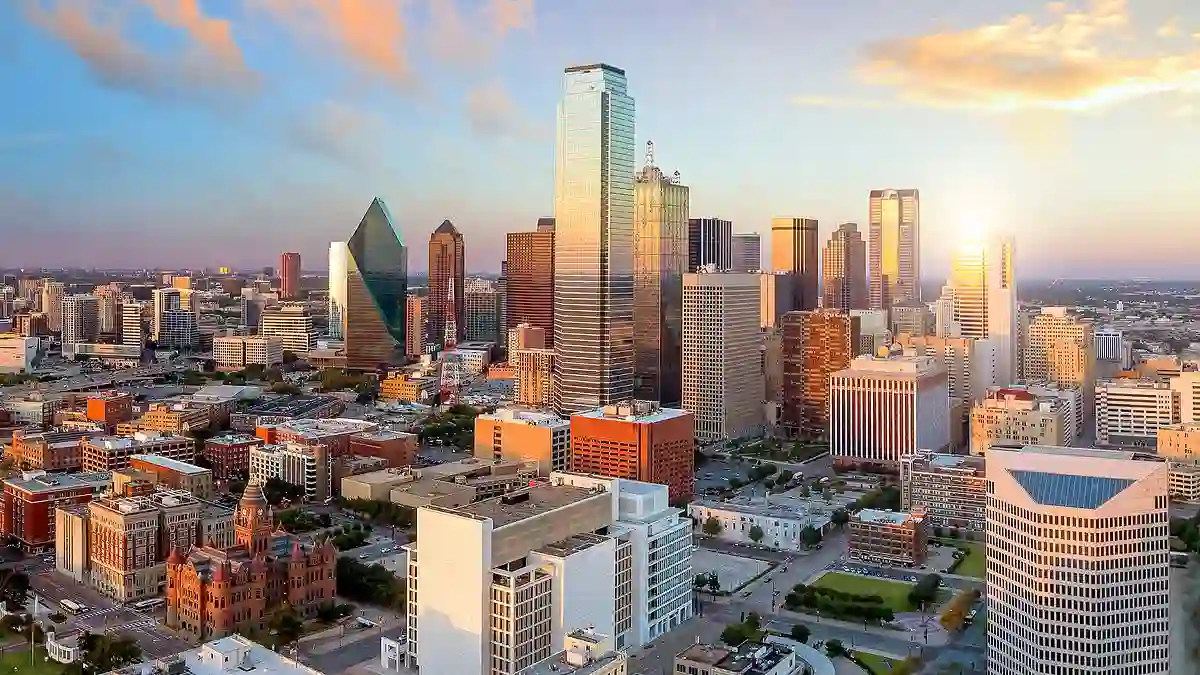Buying a home might seem like the end of financial worry for many Americans—but for a growing number of homeowners, there’s a quiet expense that’s getting louder by the month: soaring HOA fees.
While the mortgage may be fixed, Homeowners Association dues are rising fast—and in some places, doubling or even tripling.
And that’s putting a real dent in the budgets of millions.
Let’s break down what’s driving the surge, where it’s hitting hardest, and why your neighborhood dues might be the next to jump.
What Do HOA Fees Actually Cover?
For those unfamiliar, HOA fees are regular payments—usually monthly—that homeowners pay in certain communities, particularly in condos or newer developments.
These dues help maintain shared spaces like pools, clubhouses, fitness centers, and even sidewalks or landscaping.
It’s basically a community upkeep fund.
Jacob Gold, a director at the Foundation for Community Association Research, sees HOAs as a grassroots form of local democracy.
“They maintain infrastructure, ensure safety, and protect property values,” he said. That’s great—until the bill spikes.
When Your Monthly Dues Suddenly Triple
In recent years, some homeowners have been hit with shock-inducing increases.
One downtown Miami condo, for instance, saw its HOA fee jump by a staggering $538 a month, climbing from $1,735 to $2,318.
That kind of hike isn’t just inconvenient—it’s financially punishing.
According to Realtor.com economist Joel Berner, HOA fees are climbing steeply in multiple parts of the U.S., with Florida experiencing some of the biggest increases.
And this trend doesn’t seem to be slowing down.
Florida Takes the Brunt of the Increases
Florida has been hit especially hard by rising HOA dues.
In 2024 alone, median monthly fees shot up:
-
17.2% in Tampa
-
16.7% in Orlando
-
16.2% in Fort Lauderdale
These increases aren’t arbitrary. In fact, they’re often rooted in increased safety regulations, stricter inspection requirements, and growing maintenance needs following tragic events—like the 2021 Surfside condo collapse.
Since then, Florida has introduced laws requiring more thorough structural inspections and mandatory repair reserves.
Naturally, the cost gets passed to residents.
“HOA dues also often include insurance for shared property, which is becoming more and more expensive,” explains Redfin’s chief economist, Daryl Fairweather.
High-End Amenities, High-End Fees
Luxury living in cities like Miami Beach is also driving up costs.
Buildings offering private chefs, concierge services, and rooftop pools come with eye-watering monthly dues.
Real estate agent Laura Barrera from Douglas Elliman says boutique, luxury buildings with fewer units are especially costly.
“There are fewer owners to spread the expenses around, so each person pays more,” she notes.
Southern States Face the Heat
Florida isn’t alone. States across the South—like Georgia, North Carolina, South Carolina, Alabama, Louisiana, Mississippi, and Texas—are also feeling the HOA pinch.
Why? These regions are booming with new construction and condo developments, which are more likely to be governed by HOAs.
Roughly 30% of Americans live in HOA-managed communities, and houses in those areas typically sell for 5-6% more than homes without HOA ties.
So there’s a clear demand—but it comes at a cost.
Berner adds that natural disasters in Gulf states and the Carolinas are pushing up insurance rates, and those added expenses trickle down into HOA dues.
“The more disasters, the more insurance companies raise premiums, and HOAs pass that on to owners,” he said.
Can Anyone Stop These Fee Hikes?
There are rules in place to regulate HOA increases.
For example, Arizona law caps HOA hikes at 20% annually unless the majority of residents vote in favor of a higher bump.
Still, many boards have room to raise dues—and often do.
Sometimes it’s about playing financial catch-up.
Other times it’s about building reserves for future projects.
Berner suggests that as long as demand for homes in HOA communities stays strong, boards will feel confident charging more.
But if the market shifts and becomes more balanced or buyer-friendly, high dues could start to hurt home values, forcing communities to rethink their strategy.
California’s Wildfires Are Sparking Bigger Bills
The next major hotspot for fee increases? California.
Cities like Sacramento and Riverside, which face a high risk of wildfires, are bracing for HOA jumps in the wake of the 2025 wildfire season.
In many cases, residents must continue paying HOA dues even if their homes are destroyed—because insurance, maintenance, and other shared costs persist.
Fairweather points out that fire safety upgrades and skyrocketing insurance premiums will drive up costs even more.
The current median HOA in California sits at $291, but that number could soon rise significantly.
Maryland Follows Florida’s Lead
Even outside the storm zones, states are beginning to adopt stricter laws.
Maryland, for instance, recently passed legislation modeled after Florida’s condo reform.
It mandates that all HOAs conduct a “reserve study” to forecast future repair costs and financial needs.
That change alone is causing 30%+ fee increases in some communities, according to Barrera.
With the average Maryland HOA now around $4,800 annually, some homeowners are looking at an extra $1,400 or more tacked on each year.
Inflation Is Adding Fuel to the Fire
It’s not just laws or disasters driving the increases.
Good old inflation is playing a part too.
The costs of materials, labor, landscaping, security, and infrastructure have all gone up.
Some communities are simply adjusting to rising expenses or replenishing drained emergency funds.
Others are investing in future-proofing their amenities—like storm-safe roofing, backup generators, or water-saving landscaping.
What Comes Next for HOA Communities?
Although the South is seeing the steepest spikes, experts expect more modest increases elsewhere.
California and Maryland, for example, have fewer new builds than the booming Southeastern states, which means less growth in HOA coverage overall.
But the fees themselves? They’re still going up, especially where environmental risks or government mandates demand it.
So if you’re shopping for a home, don’t just look at the sticker price.
That monthly HOA bill could be the hidden cost that blows your budget—and it’s only getting bigger.
